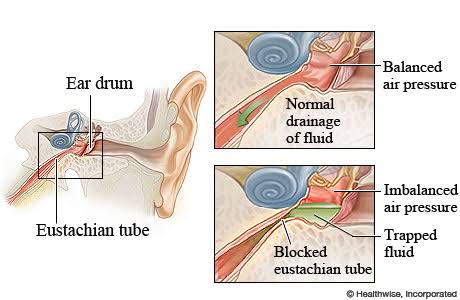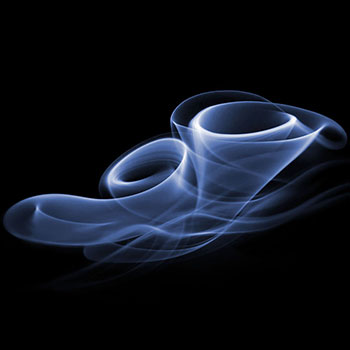What is the function of Eustachian tube? Thanks
3 Answers
primary function: To ventilate the middle ear space.
Explanation:
Eustachian tube, also known as the auditory tube acts as the connecting link between nasopharynx and the middle ear.
This tube usually remains closed during the normal pressure conditions, but when there is a difference in pressure, these tubes intentionally open thereby equalizing the pressure. Due to this opening we hear a clicking sound.
Secondary function: It is also used to drain the secretions, debris out from the middle ear space.
The Eustachian tube is a tube that links the nasopharynx to the middle ear.
Explanation:
The primary function of the Eustachian tube is to ventilate the middle ear space, ensuring that it's pressure remains at near normal environmental air pressure. Under normal circumstances it remains closed, but it can open to let a small amount of air through to prevent damage by equalising pressure between the middle ear and the atmosphere.
The secondary function of the Eustachian tube is to drain any accumulated secretions, infections, or debris from the middle ear space.
Normally the tube is collapsed, but it gapes open both with swallowing and with positive pressure. Opening and closing functions of the Eustachian tube are physiologically and pathologically important as they protect the middle ear from unwanted pressure fluctuations and loud sounds.
Basically aerates space b/w middle ear & nasopharynx.
Explanation:
Eustachian tube is also known as auditory tube and pharyngo-tympanic tube. It is
Functions:
It helps to equalize or balance the air pressure in the tympanic cavity(a cavity surrounding the bones of middle ear) and naso-pharynx. It also withdraws secretion of middle ear e.g mucus into nasopharynx. But prevents the nasopharyngeal secretions to flow back into middle ear. Aerates space between middle ear and nasopharynx and also protect ear from sound pressures.

Hope it helps!



